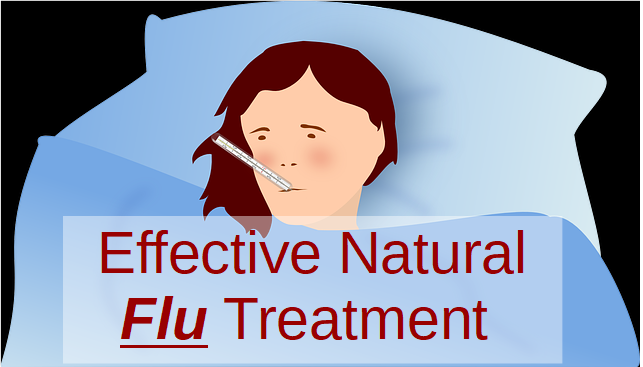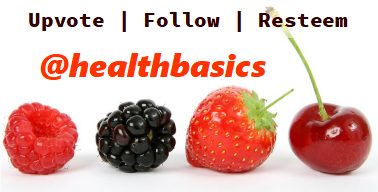In my last post I wrote about understanding risk statistics with regards to the flu shot. In it I promised that my next post would be about a natural treatment option for influenza that wasn't the flu shot or Tamilflu.
Two supplements actually came to mind that would be just as effective as, if not better then, the flu shot for preventing influenza.

Vitamin D
I don't want to go into too much detail since the study that I had in mind was already cover by @thecryptofiend when the research was first released (link here) and @dems covered another study a couple of months ago (link here).
But to give you the Reader's Digest version:
1. Vitamin D is preventive for the flu in people who have low Vitamin D. Works better then the flu shot in this population.
2. Vitamin D is best given in regular smaller doses and not large monthly doses.
3. Vitamin D is effective for reducing both colds and flu's.
This is important since I live in Canada. At my latitude it is not possible to produce vitamin D from sun exposure from October till the end of March even if I were to standout in the snow like this during the middle of the day because the sun's rays are not strong enough to make vitamin D.

The lack of vitmin D could be a main factor for being more prone to colds and flu's during the darker months apart from just being more likely to come into contact with the virus from being inside more often.
Which leads me to what I mainly wanted to talk about.
N-Acetylcysteine (NAC)
NAC is a modified amino acid and is an antioxidant, precursor for glutathione synthesis, helps to thin mucous, and has slight chelating properties for metals. Many hospitals stock it in the emergency room since it is used to antidote acetaminophen poisoning.
It is the antioxidant and detoxification properties that, I believe, allow it to help reduce oxidative stress in the lungs during influenza infections while helping the body ride itself of the endotoxins produced during the infection which leads to its positive effects.
There was a relatively small study done in 1997 that used an excellent patient population which we can get meaningful data from.
In the study of the 262 people 78% were 65 or older and 62% had a non-respiratory chronic disease.
This is important because: 1) seniors are the most at risk of getting the flu; 2)the flu shot doesn't work well for this population; and 3) they were not all in perfect health.

Over the course of the study there was a 42% relative risk reduction (see my last post) in the number of people who experienced at least one episode of the flu (29.6% vs 51.7%)
That is great only 30% of the people got the flu in the study who where on the NAC. Compare that to the 51% that did get the flu in the study who weren't taking any preventative measures or to the Australian's this year who got a flu shot that was 67% ineffective ( see my previous post) and NAC looks like a fairly good option.
Out of the people who did get sick 72% of the NAC group got mild symptoms compared to the 48% of the placebo. Also the recovery time was 61% less in the NAC group.
Quicker recovery time and milder symptoms go hand in hand and obviously are important, especially in a senior's population where a sever case is potentially life threatening. But the most interesting thing is:
The number of infections was similar between the two groups when tested for exposure to the virus. However only 25% of the infected NAC group developed symptoms compared to the 79% of the placebo group.
This stat shows that NAC doesn't necessarily prevent influenza infection but it does help treat it effectively. When taken preventatively you are more likely to not even know that you got exposed to the virus when infected. Keep in mind this was mainly a senior's population, the most at risk group in our population.

Given that there are other benefits to NAC supplementation, how much money would our healthcare system save by promoting the use of NAC? Rather then betting the farm on which 4 strains of flu are going to be the most prevalent and then risk overstimulating autoimmunity with the flu shot?
Conclusion
Vitamin D and NAC are every bit as effective, if not better, for preventing serious complications from influenza A as the flu shot is.
Clearly a large study utilizing both Vitamin D and NAC over the influenza season should be done comparing its effectiveness to the flu shot.
Thanks for reading if you have any suggestions for topics to cover I would appreciate them.

References
All photos from pixabay.com
Vitamin D Systematic Review on Respiratory Tract Infections
Vitamin D in to prevent Influenza A in school aged children
Alan Gaby: Nutritional Medicine
NAC study
